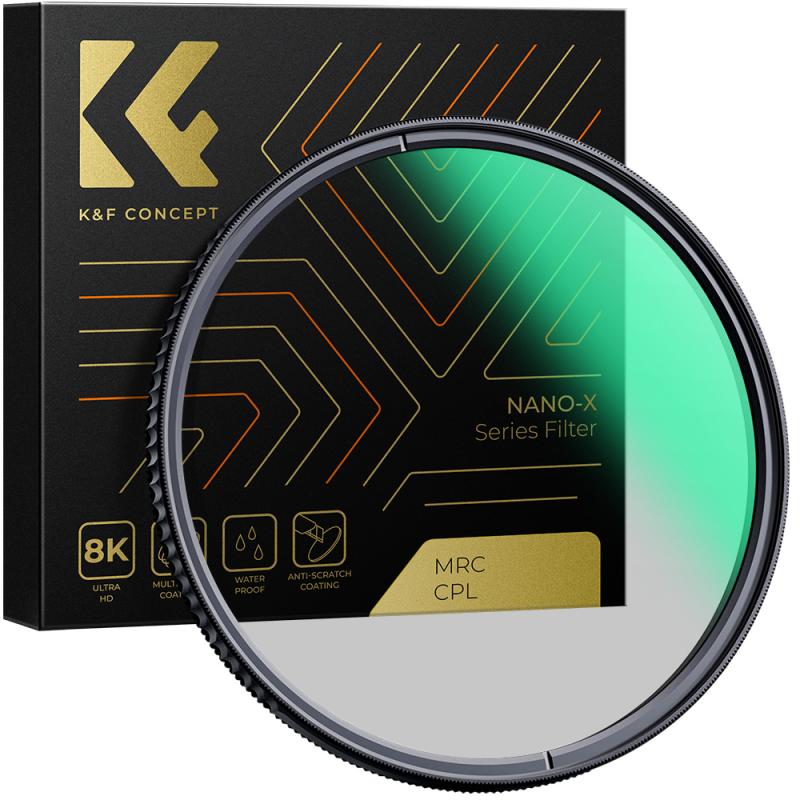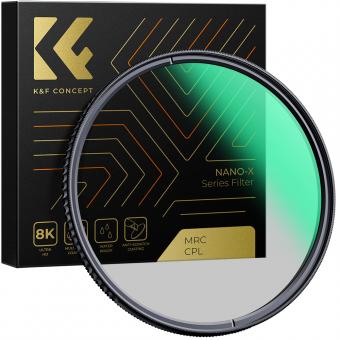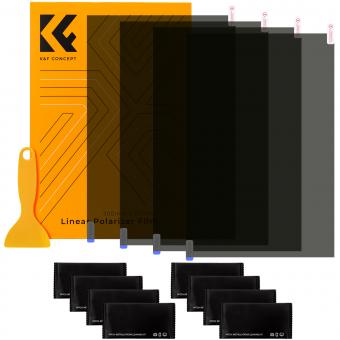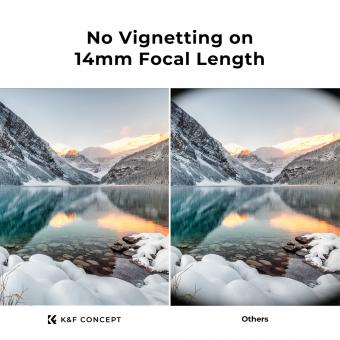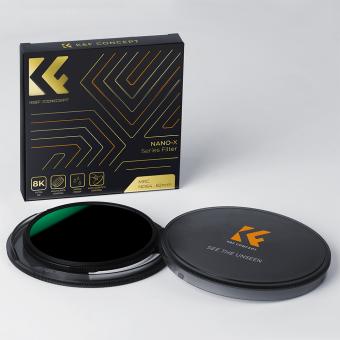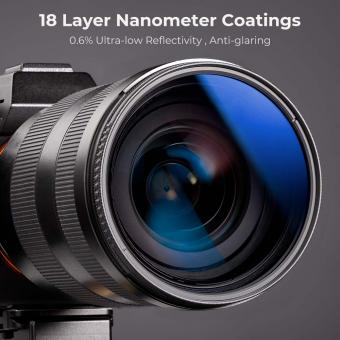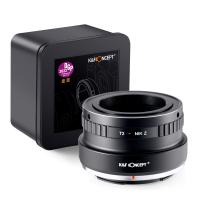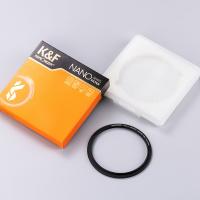Polarizing Filter What Do They Do ?
A polarizing filter is an optical filter that is used to selectively block certain polarized light waves from entering the camera lens. It helps to reduce glare and reflections from non-metallic surfaces such as water, glass, and foliage. By rotating the filter, photographers can adjust the amount of polarized light that is blocked, resulting in enhanced color saturation, improved contrast, and increased clarity in their photographs. Polarizing filters are commonly used in landscape photography to capture vibrant skies, reduce reflections on water surfaces, and bring out the details in foliage. They are also useful in architectural photography to minimize reflections on glass windows and in product photography to eliminate unwanted reflections on shiny surfaces.
1、 Light polarization: Filtering light waves based on their orientation.
A polarizing filter is an optical device that selectively filters light waves based on their orientation. It is commonly used in photography and other applications to control the amount and direction of polarized light entering the camera lens or other optical systems.
Light polarization refers to the orientation of the electric field vector of a light wave. When light waves are unpolarized, the electric field vector can vibrate in any direction perpendicular to the direction of propagation. However, when light passes through a polarizing filter, it only allows light waves with a specific orientation of the electric field vector to pass through, while blocking or attenuating light waves with other orientations.
By selectively filtering light waves, polarizing filters can have several practical applications. In photography, they are used to reduce glare and reflections from non-metallic surfaces such as water or glass. This helps to enhance color saturation and contrast in the captured image. Polarizing filters are also used in 3D glasses to separate the left and right eye images, creating a stereoscopic effect.
From a scientific perspective, the study of light polarization has provided valuable insights into various natural phenomena. For example, polarized light is used in remote sensing to analyze the properties of Earth's atmosphere, oceans, and vegetation. It is also utilized in materials science to investigate the structural and optical properties of materials.
In recent years, there has been growing interest in the field of polaritonics, which explores the interaction between light and matter in polarized systems. This emerging field has the potential to revolutionize technologies such as optoelectronics, quantum computing, and energy harvesting.
In conclusion, polarizing filters play a crucial role in controlling and manipulating light waves based on their orientation. They have practical applications in photography and other fields, while the study of light polarization continues to advance our understanding of the natural world and drive technological innovation.
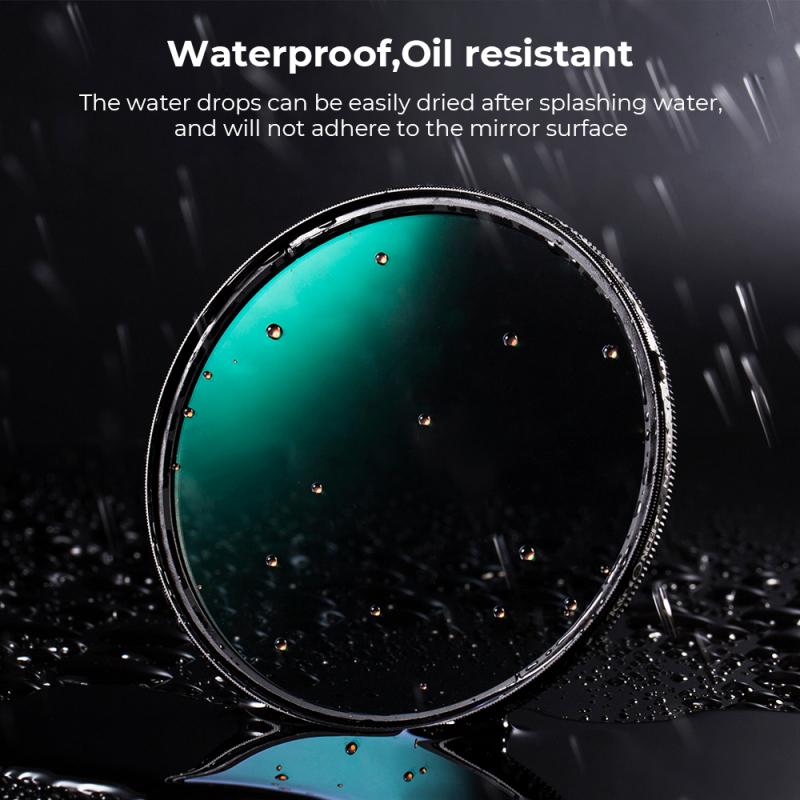
2、 Optical physics: Manipulating light to reduce glare and reflections.
A polarizing filter is an optical device used to manipulate light by reducing glare and reflections. It is commonly used in photography, sunglasses, and various optical instruments. The primary function of a polarizing filter is to selectively block certain polarized light waves while allowing others to pass through.
Glare and reflections occur when light waves bounce off a surface at various angles, causing them to scatter in different directions. This scattered light can create unwanted visual disturbances and reduce the clarity of an image. A polarizing filter helps to mitigate these issues by only allowing light waves that are aligned in a specific direction to pass through, while blocking the rest.
When light waves reflect off a non-metallic surface, such as water or glass, they become polarized in a specific direction. A polarizing filter can be adjusted to align with the direction of these polarized waves, effectively blocking them and reducing glare and reflections. This allows for clearer and more vibrant images, especially when photographing landscapes, water bodies, or other highly reflective surfaces.
In addition to reducing glare and reflections, polarizing filters also enhance color saturation and contrast. By selectively blocking certain polarized light waves, they can eliminate unwanted reflections and atmospheric haze, resulting in more vivid and true-to-life colors.
From a recent perspective, advancements in optical physics have led to the development of more advanced polarizing filters. These filters can now be found in various forms, such as circular polarizers, which are commonly used in modern cameras. Circular polarizers are designed to work effectively with autofocus systems and digital sensors, making them a popular choice among photographers.
Overall, polarizing filters play a crucial role in optical physics by manipulating light to reduce glare, reflections, and enhance image quality. They continue to be an essential tool for photographers and anyone seeking to improve visual clarity in various applications.
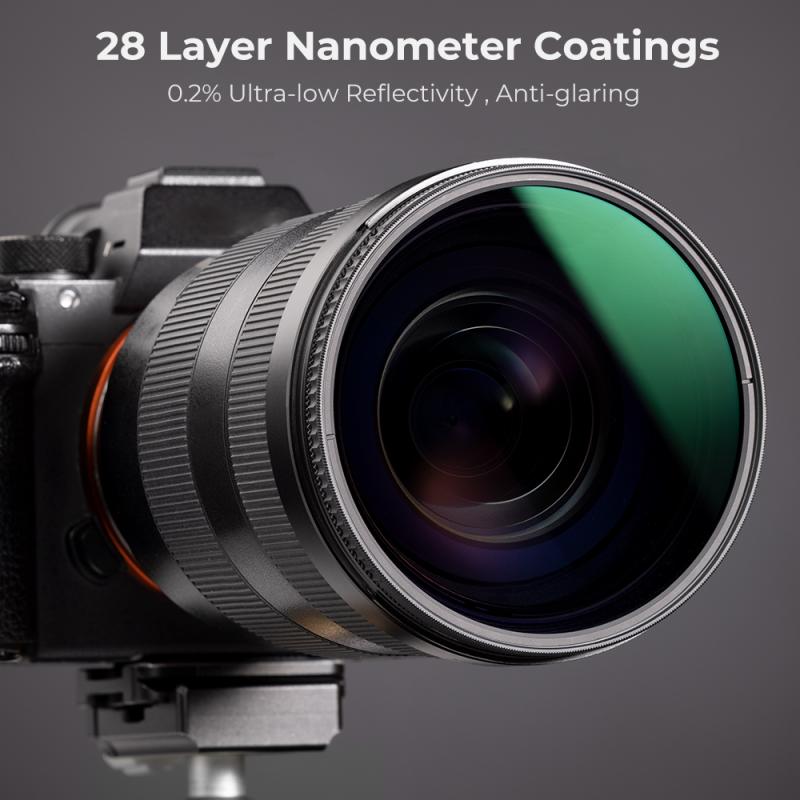
3、 Photography: Enhancing image quality by reducing unwanted reflections.
A polarizing filter is a valuable tool in photography that helps enhance image quality by reducing unwanted reflections. It achieves this by selectively blocking certain light waves that are reflected off non-metallic surfaces such as water, glass, and foliage. By doing so, the filter minimizes glare and reflections, resulting in clearer and more vibrant images.
When photographing landscapes, a polarizing filter can significantly improve the overall quality of the image. It can deepen the blue of the sky, making it appear more saturated and contrasting against white clouds. Additionally, it can reduce reflections on water surfaces, allowing for better visibility of underwater elements or rocks beneath the surface. This can create stunning images with enhanced depth and clarity.
In portrait photography, a polarizing filter can also be useful. It can reduce or eliminate reflections on the subject's skin, especially when shooting in bright sunlight. This helps to create a more even and natural skin tone, enhancing the overall appearance of the subject.
Moreover, polarizing filters can also enhance the colors in a photograph. By reducing reflections, the filter allows the true colors of the scene to come through, resulting in more vibrant and saturated images. This is particularly beneficial when photographing foliage, as it can make the greens appear richer and more intense.
It is important to note that the effectiveness of a polarizing filter depends on the angle at which the light is entering the lens. Therefore, it is necessary to adjust the filter's orientation to achieve the desired effect. Additionally, polarizing filters can also reduce the amount of light entering the lens, requiring longer exposure times or wider apertures in certain situations.
In conclusion, a polarizing filter is a valuable tool in photography for enhancing image quality by reducing unwanted reflections. It can improve the overall clarity, color saturation, and depth of a photograph, making it an essential accessory for photographers seeking to capture stunning and vibrant images.
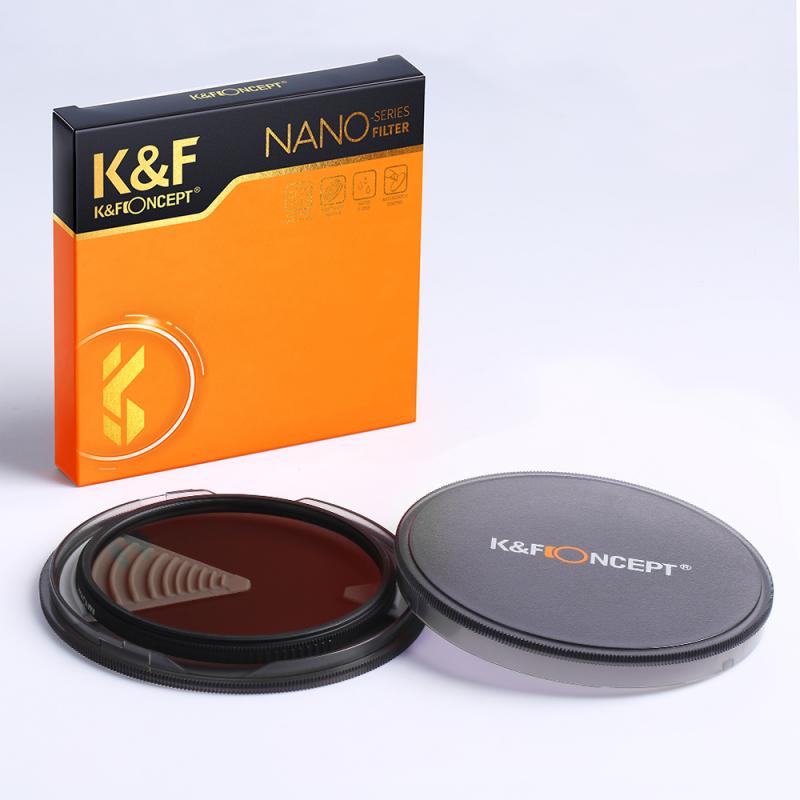
4、 LCD displays: Improving screen visibility and reducing glare.
Polarizing filters are commonly used in LCD displays to improve screen visibility and reduce glare. These filters work by selectively blocking certain angles of light waves, allowing only the desired light to pass through. This helps to enhance the clarity and contrast of the displayed image, making it easier for users to view the screen content.
LCD displays consist of liquid crystal molecules that align themselves in response to an electric current. When light passes through these aligned molecules, it becomes polarized in a specific direction. However, this polarized light can cause glare and reduce the visibility of the screen, especially in bright environments.
By incorporating a polarizing filter into the LCD display, the unwanted polarized light can be blocked or redirected, significantly reducing glare. This allows users to view the screen content more comfortably, even in challenging lighting conditions. Additionally, the polarizing filter helps to enhance the contrast of the displayed image by selectively transmitting light waves that align with the liquid crystal molecules.
In recent years, there have been advancements in polarizing filter technology to further improve screen visibility. For example, some displays now use circular polarizing filters, which can maintain image quality even when the screen is viewed from different angles. This is particularly beneficial for mobile devices, where users often view the screen from various positions.
Overall, polarizing filters play a crucial role in LCD displays by improving screen visibility and reducing glare. As technology continues to advance, we can expect further improvements in polarizing filter design, leading to even better screen performance and user experience.
